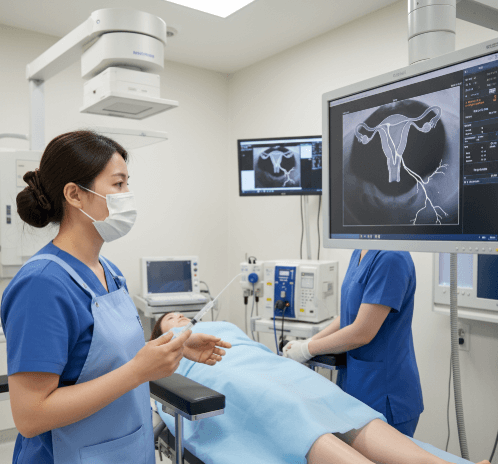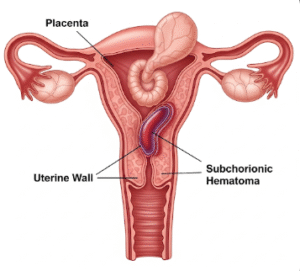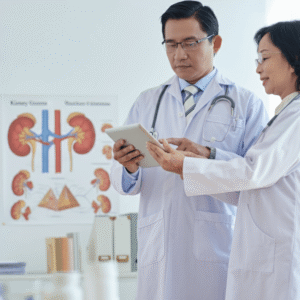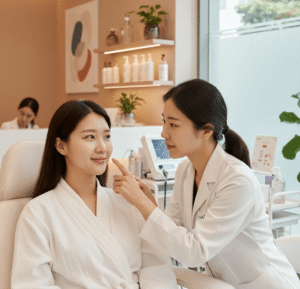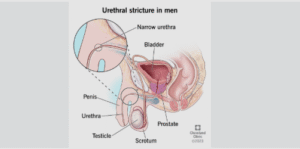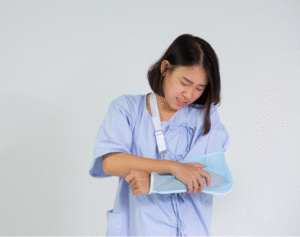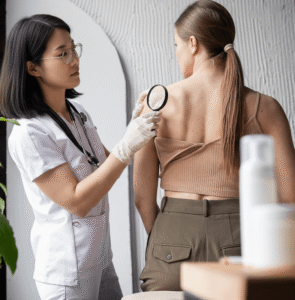What it is
A Fallopian Tube Patency Test, also known as Hysterosalpingography (HSG), is a diagnostic imaging procedure used to check whether the fallopian tubes are open and the uterine cavity is normal.
✔️ Method: A contrast dye is introduced into the uterus, and X-ray imaging tracks whether it flows freely through the fallopian tubes.
✔️ Purpose: Detects blockages, scarring, or abnormalities that may contribute to infertility.
✔️ Availability in Korea: Offered at fertility clinics, women’s hospitals, and university hospitals, with advanced digital imaging systems for accuracy and patient comfort.
➡️ HSG is a key test in fertility evaluation, often performed before treatments such as IUI or IVF.
Why it’s done
The HSG test is performed for several reasons:
🔹 Infertility investigation – to identify if blocked tubes are preventing pregnancy.
🔹 Recurrent miscarriage evaluation – to detect uterine abnormalities like septum or adhesions.
🔹 Pre-IVF or IUI preparation – ensuring reproductive pathways are functional.
🔹 Post-surgery follow-up – after tubal surgery or fibroid removal, to check healing.
🔹 Assessment of pelvic disease – in cases of suspected endometriosis or pelvic infections.
💡 Highlight: Knowing whether the tubes are open is one of the most important steps in fertility planning.
Alternatives
Other methods to evaluate fallopian tubes include:
➡️ Sonohysterography (Saline Infusion Sonography) – ultrasound with saline.
➡️ Sonohysterogram with contrast (Sono-HSG or HyCoSy) – uses ultrasound with contrast bubbles instead of X-ray.
➡️ Laparoscopy with dye test – surgical, more invasive but highly accurate.
➡️ Hysteroscopy – evaluates the uterine cavity but not tubes.
⚠️ Note: In Korea, HSG remains the most widely used first-line test because it is relatively quick, minimally invasive, and affordable.
Preparation
Before undergoing an HSG in Korea, preparation usually includes:
✔️ Timing – test is scheduled just after menstruation but before ovulation (days 7–10 of the cycle).
✔️ Pregnancy exclusion – urine or blood test to confirm patient is not pregnant.
✔️ Infection check – pelvic infection must be ruled out.
✔️ Pain management – mild painkillers may be recommended before the procedure.
✔️ Discussion with doctor – review of medical history, allergies (especially to contrast dye), and fertility goals.
💡 Tip: Korean clinics often provide comfort-focused care, including sedation or gentle anesthesia options for women with high pain sensitivity.
How it’s done
The HSG procedure in Korea is performed with precision and modern imaging tools:
- Positioning – patient lies on an X-ray table similar to a Pap smear position.
- Speculum insertion – cervix is cleaned and a thin catheter is inserted.
- Contrast injection – dye is slowly introduced into the uterus.
- X-ray imaging – monitors how the dye fills the uterine cavity and moves through the fallopian tubes.
- Observation – free spill of dye into the abdominal cavity confirms open tubes; blockages or irregularities are noted.
💡 Highlight: Many Korean centers use digital fluoroscopy, which provides clearer images with lower radiation exposure.
Recovery
HSG is an outpatient procedure with quick recovery:
✔️ Mild cramping and spotting may occur for a few hours to 1–2 days.
✔️ Antibiotics may be prescribed to reduce infection risk.
✔️ Return to normal activities usually the same day.
✔️ Follow-up consultation provided to review results and discuss next steps.
When to contact a doctor:
➡️ Heavy bleeding or severe abdominal pain.
➡️ Fever or foul-smelling discharge (possible infection).
➡️ Allergic reaction to contrast dye (rare).
💡 Important: Some women report higher fertility rates in the first few months after HSG, possibly because the dye helps clear minor blockages.
Treatment option in Korea
Korea is an excellent destination for HSG testing because of:
⭐ State-of-the-art imaging equipment with high-resolution results.
⭐ Experienced fertility specialists who interpret findings accurately.
⭐ Integrated fertility programs – HSG results immediately guide IUI or IVF planning.
⭐ Comfort-focused care, including sedation options if needed.
⭐ Affordable packages compared to Western countries, with multilingual support for foreign patients.
💡 Highlight: Korean fertility care emphasizes accuracy, comfort, and seamless integration of diagnostics with treatment planning.
Key Highlights
✔️ HSG checks fallopian tube openness and uterine shape using contrast dye and X-ray.
✔️ Performed as part of infertility evaluation or miscarriage workup.
✔️ Preparation includes timing after menstruation, infection screening, and pain management.
✔️ Recovery is quick, with only mild cramping or spotting.
✔️ Korean clinics offer advanced, affordable, and patient-friendly HSG testing.

